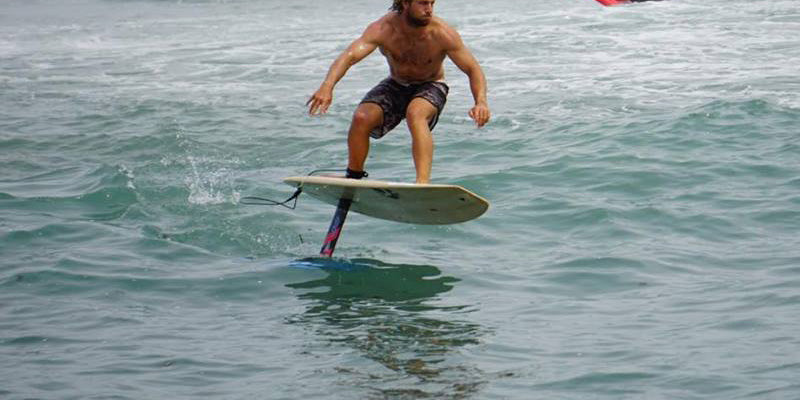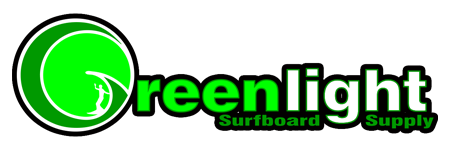
Foil Surfboard Design Theory
So foiling is hot right now and we're designing new products to make it easy for you to build your own foil surfboards affordably.
We asked some advice from one of our customers who we've been making a bunch custom foil board blanks for and here's his take about foil board design and how to foilsurf:
"Imagine the way water wraps around curved surfaces, there's inertia there. I'm thinking of the vortices that make noseriding possible, where the board suctions to the pocket as water wraps the inside rail. You don't want suction. You want a skipping stone.
Sketch or model a board with bottom contours made up of flatter panels that will skip off the surface of the water. Imagine how water squirts off a seventies tail with exaggerated panel vee, that's what you're after. Once a foil rider is aloft he or she wants the board to contact the water as little as possible. Since beginners ride with a shorter mast (easier flight controls) they will be closer to the water when pumping/turning/gliding. When the board makes contact with the water it's instant drag, so if you have something designed to skip off it you'll be able to string longer flights together.
Keep the tail short and pulled in, tail rails usually touch the water first. That's why- I think- you see a lot of flipped up rails on foils.
As you're learning behind a boat, a heavier board (fish heavy) will feel stable. And something closer to a surfboard shape will lend a sense of familiarity and reliability. But as you venture to a sandbar to ride waves, you want the lightest most compact possible design. Period. You want the wing to lift you, not the board. You want a direct transfer of energy from legs/core down to the wing and, opposite and simultaneously, from the subsurface wave energy through the wing to your toes in the wax. The less flex the better. These four foot boards are slow paddlers but they catch waves well. So I'll paddle halfway out, shoulder hop one and pump the rest of the way out. Some sessions I barely have to paddle at all.
If a surfboard is a steering wheel, the foil is a joystick. Keep your back foot directly over the mast and bend at the knees not the waist. Lean forward as you lift. Maybe wear a kayak helmet, I started with one just for reassurance and confidence. Stick with it the learning curve feels impossible at first but it's no more challenging than a bicycle really.
I'm obsessed with this shit and could write pages more about wing size and adjustment, carbon applications vs aluminum, stealth fighter bombers. I've become the crossfit vegan who won't shut up. I tell everyone I foil."
